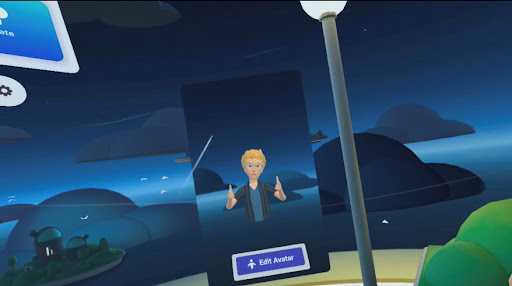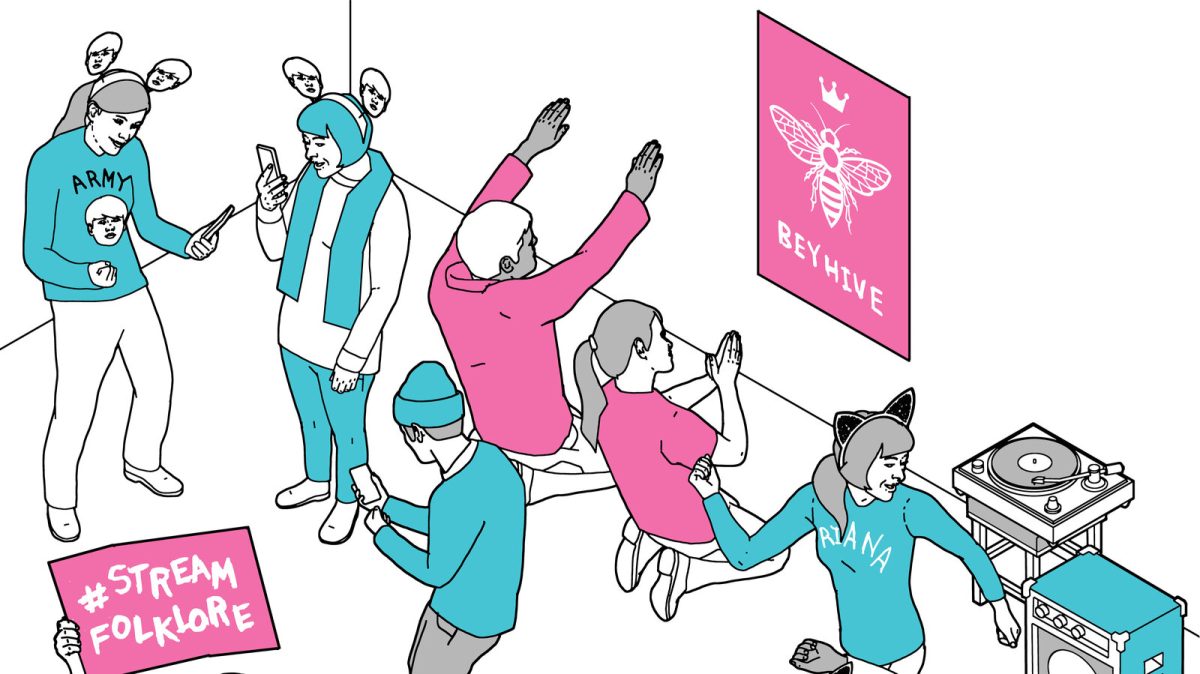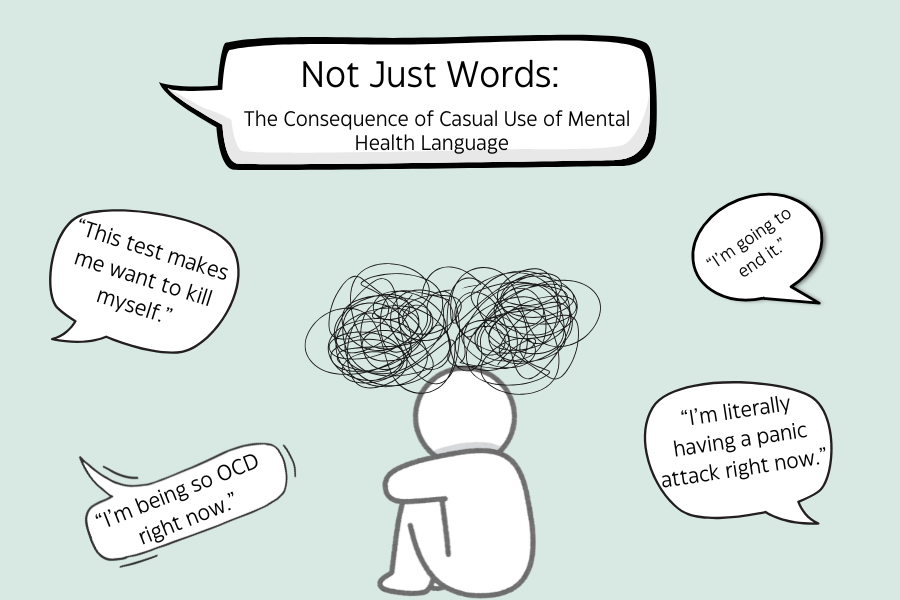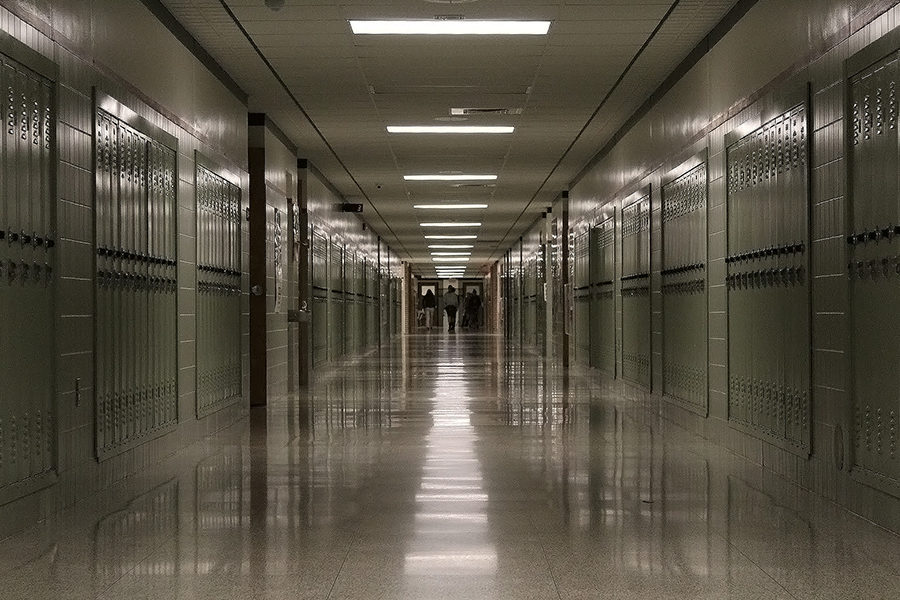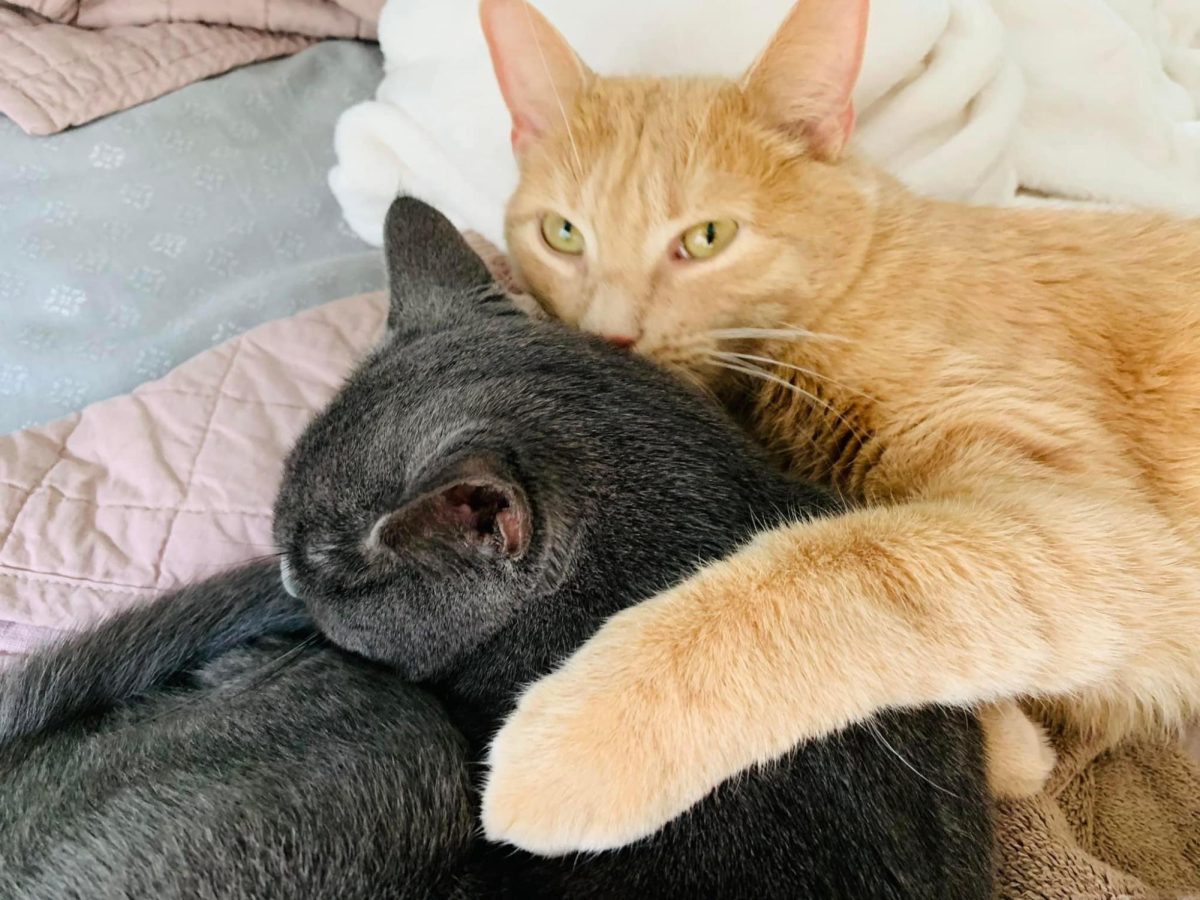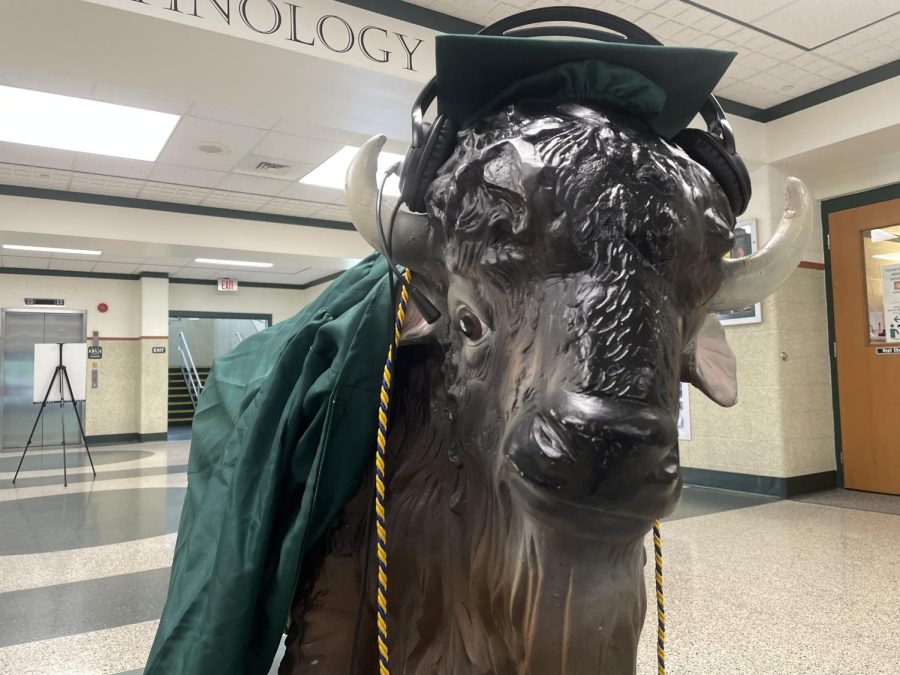From exotic reptiles to giant pandas, there is no shortage of interesting animals in zoos. Zoos are loved and treasured by families everywhere. Kids and adults love to explore the different species of animals and enjoy the scenery of their local zoos. The problem is that even though these animals are mesmerizing, zoos are extremely unethical.
The main purpose of zoos is for conservation and to protect endangered species. But some zoos offer more harm than good to the animals. Many of the zoos are kept unequally and the funding is not dispersed throughout the zoos. Some zoos have an extreme amount of funding and others are on the brink of shutdown. Zoo chat claims that in 2017 the San Diego Zoo had a budget of $68 million while the Denver Zoo had a budget of only $2.2 million. This leads to some animals having terrible conditions and others living the best life they can, with the limitations of being held in captivity.
While being held in captivity, many physical needs can be met, but psychological health is damaged. Many animals become stressed because of their interactions with humans. The presence of unknown people causes negative behavior and poor welfare. The majority of needs that are important to many species cannot be reached in captivity which leads to the stereotypic behaviors seen in zoos. These behaviors can lead to a form of psychosis called zoochosis. The behaviors linked to zoochosis include– pacing, swaying, over-grooming, regurgitating and ingesting food, and more. This happens when these animals are restricted from their natural habits and routines.
Animals held in captivity are not able to make any decisions. They are forced into exhibits with other animals and are forced into unwanted human reactions. In zoos, animals gain a new concept of normal and once they are released into the wild they can’t develop the needed behaviors to survive. Many released animals are killed in human accidents and lack the natural reactions that occur when in proximity with people. The animals also have a lack of fear for their predators and male animals are also less likely to take their territory.
An argument often used for zoos is that they help educate people about animals and nature. It is claimed that these zoos are informational and that children walk out of the zoo with a better understanding than prior to their visit. Freedom for animals claims that only 38% of children show positive learning outcomes. The majority of children walk out without learning, or even with a negative learning experience.
Many may claim that zoos are not all bad, some zoos only take in injured animals. Even though these zoos are claiming to be helping these injured animals, experts from In Defense of Animals claim that animals die earlier than they would in nature. They also claim that in zoos these animals live under unenjoyable circumstances as well. These animals are also forced into extreme different conditions, Pet Pedia claims that polar bears have a million times less space in zoos then in the wild. This is unnatural and many animals suffer from that lack of access to normal habits and circumstances.
Zoos are extremely harmful and don’t allow animals to live under normal circumstances. Instead of visiting a regular zoo, you can visit your local animal sanctuaries. These sanctuaries genuinely care for the well-being of the animals instead of profits. Online zoos are also a good option that are still enjoyable. Online zoos allow for a similar experience and are also better for conservation and are more ethical.























